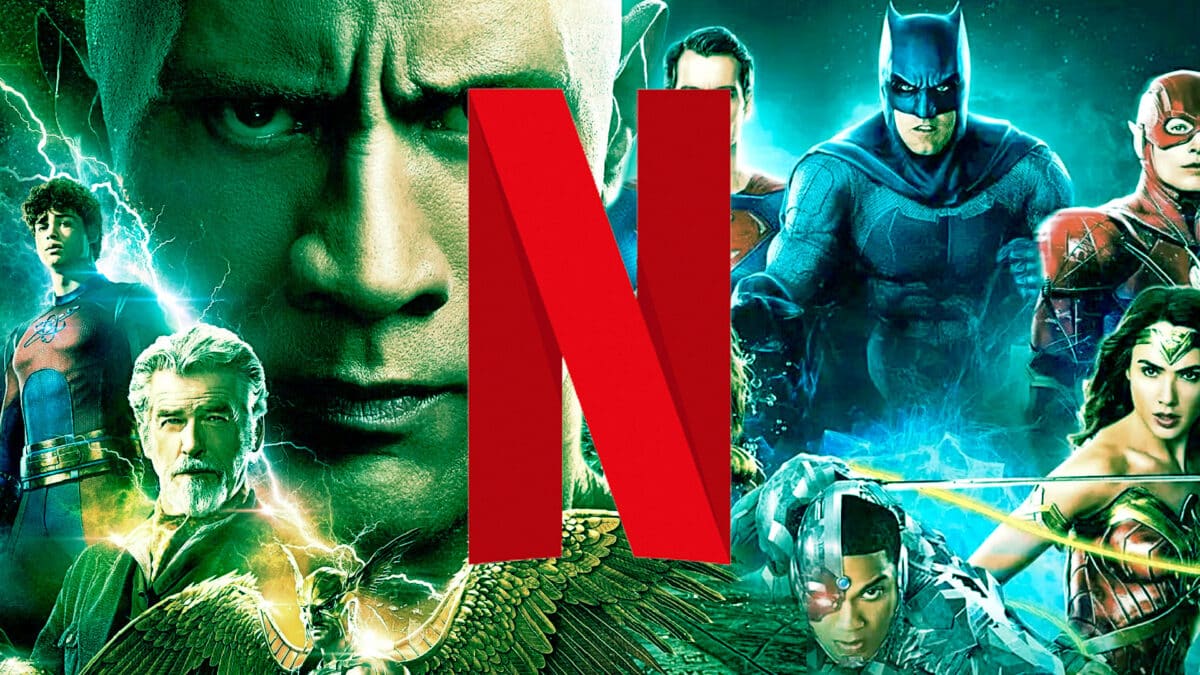During the COVID-19 pandemic, streaming felt like the chosen one. Netflix was cheap at $8.99 a month, everything you wanted to watch was one click away, and the sketchy torrent sites full of pop-ups and malware looked like a bad memory from your early internet days. Piracy was declared dead, buried, and forgotten. Then 2024 arrived, and the corpse got up. Piracy traffic hit 216 billion visits (more than before Netflix even existed). Turns out, the very companies that crushed piracy also resurrected it by breaking their promises.
A Netflix plan that was $8.99 in 2019 now costs $15.49. Disney Plus, once $6.99, sits at $15.99. HBO Max jumped from $14.99 to $20.99. You can’t just stick to one platform either. Want to watch The Paper? That’s Peacock. How about Wednesday? Netflix. House of the Dragon? HBO Max. Add them all up, and the average American household spends around $58 a month. Some hit $130 once you throw in Apple TV, Hulu, Paramount+, Amazon Prime, and YouTube Premium. That’s almost double the cost of cable back in the early 2010s, and at least cable didn’t delete your shows for tax write-offs. HBO Max yanking Westworld off its own service is still one of the wildest examples.

While the subscription pile grew, the services doubled down with password crackdowns and random content purges. Subscribers lost, piracy won. Sites that used to look like pop-up minefields now run smoother than some official platforms. They offer HD streaming, clean UI, and every show you thought was gone. The Netflix anime cancelled after one season? It’s sitting there in full and in HD. The HBO series quietly erased? Still available online. Illegal sites started keeping the very promises streaming broke, and often doing it better.
The backlash has been huge, of course. According to a new video by Money Legends, in 2020, piracy visits dipped to 130 billion. By 2024, they jumped by 66%. Gen Z led the charge with 76% admitting they pirate, even while paying for some services. And half canceled at least one subscription in the past six months. Even Sweden, one of the world’s wealthiest countries, saw 25% of its population turn to piracy. On Reddit, the r/piracy community has swelled to 2.7 million members. Sites like YTS and 1337X don’t even try to hide anymore. They’ve polished themselves into streaming alternatives that feel more convenient than juggling seven paid apps.
“Most people who steal are not really interested in just abjectly stealing,” one commentary explained. “They’re just like, ‘Look, I’m paying a ton of money for an inconvenient thing that doesn’t give me what I want. If I go onto this other site, I can get everything I want for a much lower cost and or free. Why would I not choose that?’”

The situation mirrors what happened in the music industry two decades ago. CDs cost $18 for ten songs, so fans flocked to Napster. Piracy gutted record labels until Spotify showed up with a model that was cheap, simple, and convenient. Video streaming hasn’t found that balance. Instead, studios chase quarterly profits while customers flee. By 2027, streaming losses could top $113 billion. Disney’s streaming division already lost $387 million in one quarter of 2023, and Warner Bros. Discovery reported a staggering $10 billion loss in Q2 of 2024. Behind those numbers are 70,000 lost jobs every year.
People don’t pirate because they love breaking the law. They do it because streaming became bloated, fragmented, and expensive. The fix isn’t complicated: make it affordable, simple, and worth paying for again.
Until then, piracy will keep winning.
RELATED: Walt Disney Layoffs Echo Tony Gilroy’s “Streaming Is Dead” Warning









